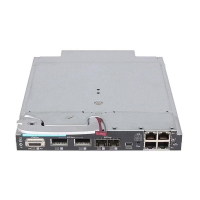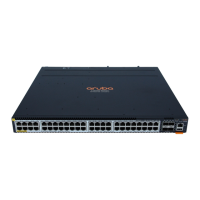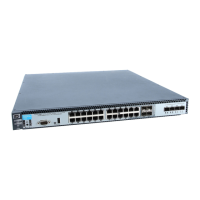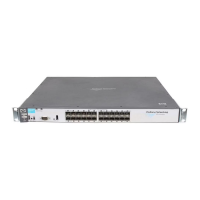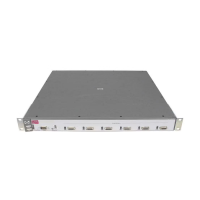262
Description
Use ospfv3 network-type to set the network type for an OSPFv3 interface.
Use undo ospfv3 network-type to restore the default.
By default, the network type of an interface depends on its link layer protocol. For example:
• For PPP, the default network type is P2P.
• For Ethernet, the default network type is broadcast.
Examples
# Configure the interface’s network type as NBMA.
<Sysname> system-view
[Sysname] interface vlan-interface 10
[Sysname-Vlan-interface10] ospfv3 network-type nbma
ospfv3 peer
Syntax
ospfv3 peer ipv6-address [ dr-priority dr-priority ] [ instance instance-id ]
undo ospfv3 peer ipv6-address [ dr-priority dr-priority ] [ instance instance-id ]
View
Interface view
Default level
2: System level
Parameters
ipv6-address: Neighbor link-local IP address.
dr-priority: Neighbor DR priority, in the range of 0 to 255. The default is 1.
instance-id: Interface instance ID, in the range of 0 to 255. The default is 0.
Description
Use ospfv3 peer to specify a neighbor and the DR priority of the neighbor.
Use undo ospfv3 peer to remove the configuration.
A router uses the priority set with the ospfv3 peer command to determine whether to send a hello packet
to the neighbor rather than use it for DR election.
Examples
# Specify the neighbor fe80::1111.
<Sysname> system-view
[Sysname] interface vlan-interface 10
[Sysname-Vlan-interface10] ospfv3 peer fe80::1111
ospfv3 timer dead
Syntax
ospfv3 timer dead seconds [ instance instance-id ]

